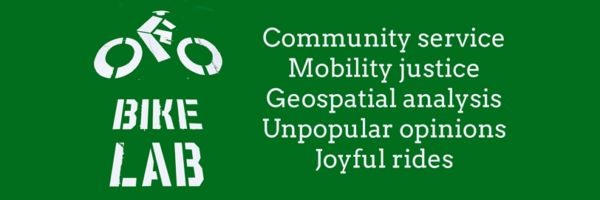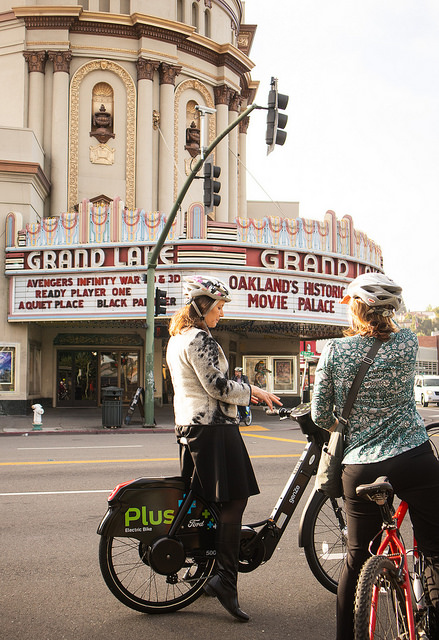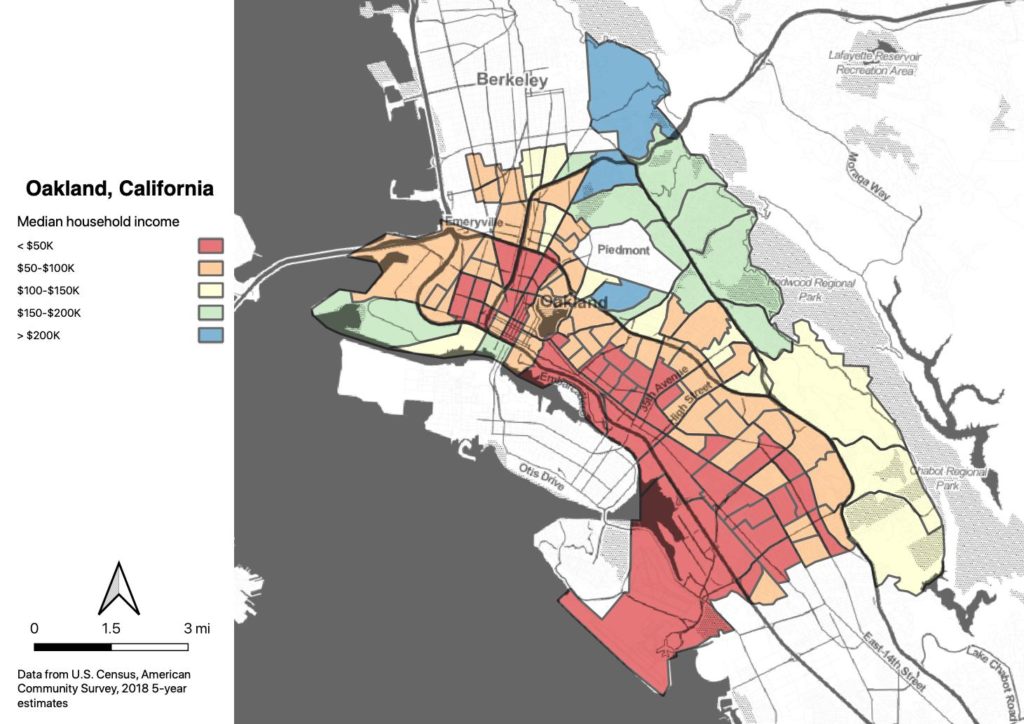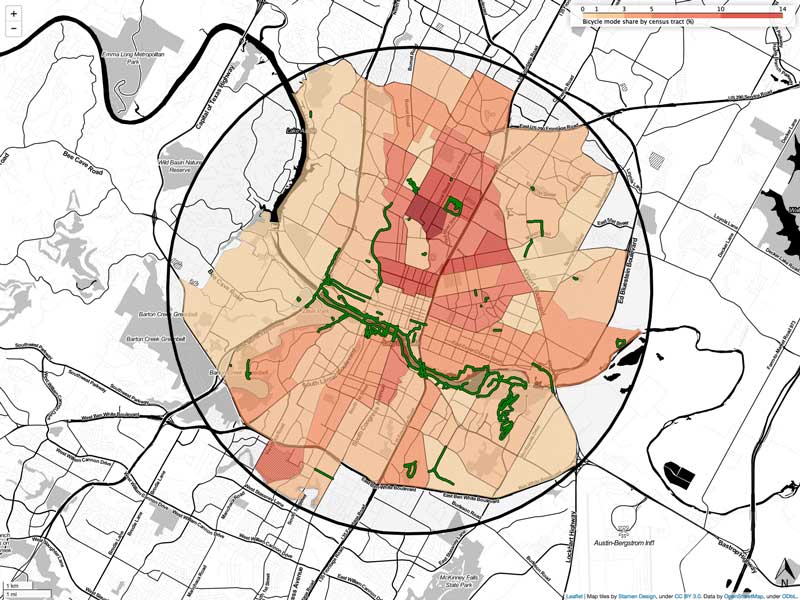Bike share and the public interest
One of the topics at the Oakland BPAC was an update on bike share progress. As part of the 2017 East Bay roll-out, Motivate created a “Bike Share 4 All” program which allows low-income individuals to obtain an annual bike share membership for $5 (instead of the regular cost of $150). But Motivate has refused to place bike share stations in Deep East, despite using the Scraper Bike Team’s style as marketing for their service. The exclusive rights we granted Motivate are a give-away of public space to private interest.






